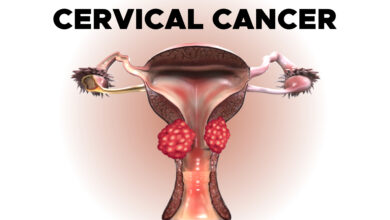
Cervical Cancer: Prevention
Factors that may be able to lower the risk of cervical cancer.
Prevention of Cervical Cancer
Cervical cancer can often be prevented by having regular screenings with Pap tests and HPV tests to find any precancers and treat them. It can also be prevented by receiving the HPV vaccine.
The HPV vaccine Gardasil is approved by the U.S. Food and Drug Administration (FDA) for the prevention of cervical cancer caused by HPV for people between ages 9 and 45. Gardasil 9 is available in the United States for preventing infection from HPV16, HPV18, and 5 other types of HPV linked with cancer.
There were 2 other vaccines previously available in the United States: Cervarix and the original Gardasil. However, because of newer vaccines becoming available, these 2 are no longer available in the United States. However, these vaccines may still be in use outside of the United States.
To help prevent cervical cancer, ASCO recommends that girls receive the HPV vaccination. Talk with a health care provider about the appropriate schedule for vaccination as it may vary based on many factors, including age, gender, and vaccine availability.
Additional actions people can take to help prevent cervical cancer include:
- Delaying first sexual intercourse until the late teens or older
- Limiting the number of sex partners
- Practicing safe sex by using condoms and dental dams
- Avoiding sexual intercourse with people who have had many partners
- Avoiding sexual intercourse with people who are infected with genital warts or who show other symptoms
- Quitting smoking
